
Waging War on Complexity Costs
Reshape Your Cost Structure, Free Up Cash Flows, and Boost Productivity by Attacking Process, Product, and Organizational Complexity
Recommendation
A company’s complexity directly affects its cost structure, the biggest determinant of its capacity to compete. Businesses can gain enormous advantages by minimizing or eliminating complexity. For example, offering a wide variety of products and services may be inefficient, while a condensed product line could improve a company’s profitability. Not all complexity is counterproductive, so distinguishing “good complexity” from “bad complexity” is critical to simplifying a business. Consultants Stephen A. Wilson and Andrei Perumal promote a thorough – though sometimes, ironically, complex – approach to complexity control that unearths “non-value added” spending you can target for reduction. While the authors’ systematic prescriptions clearly apply to large companies with extensive product and service lines, getAbstract believes this book can also be useful to small and midsize businesses as a tool for weeding out wasteful complexity.
Summary
About the Authors
Stephen A. Wilson and Andrei Perumal are managing directors at Wilson Perumal & Company, a management consultancy.









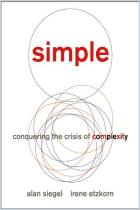
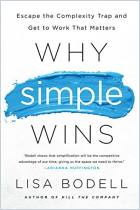
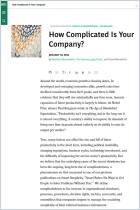
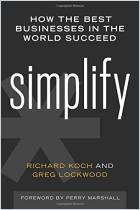
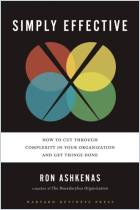
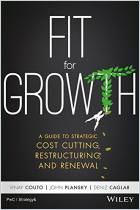









Comment on this summary